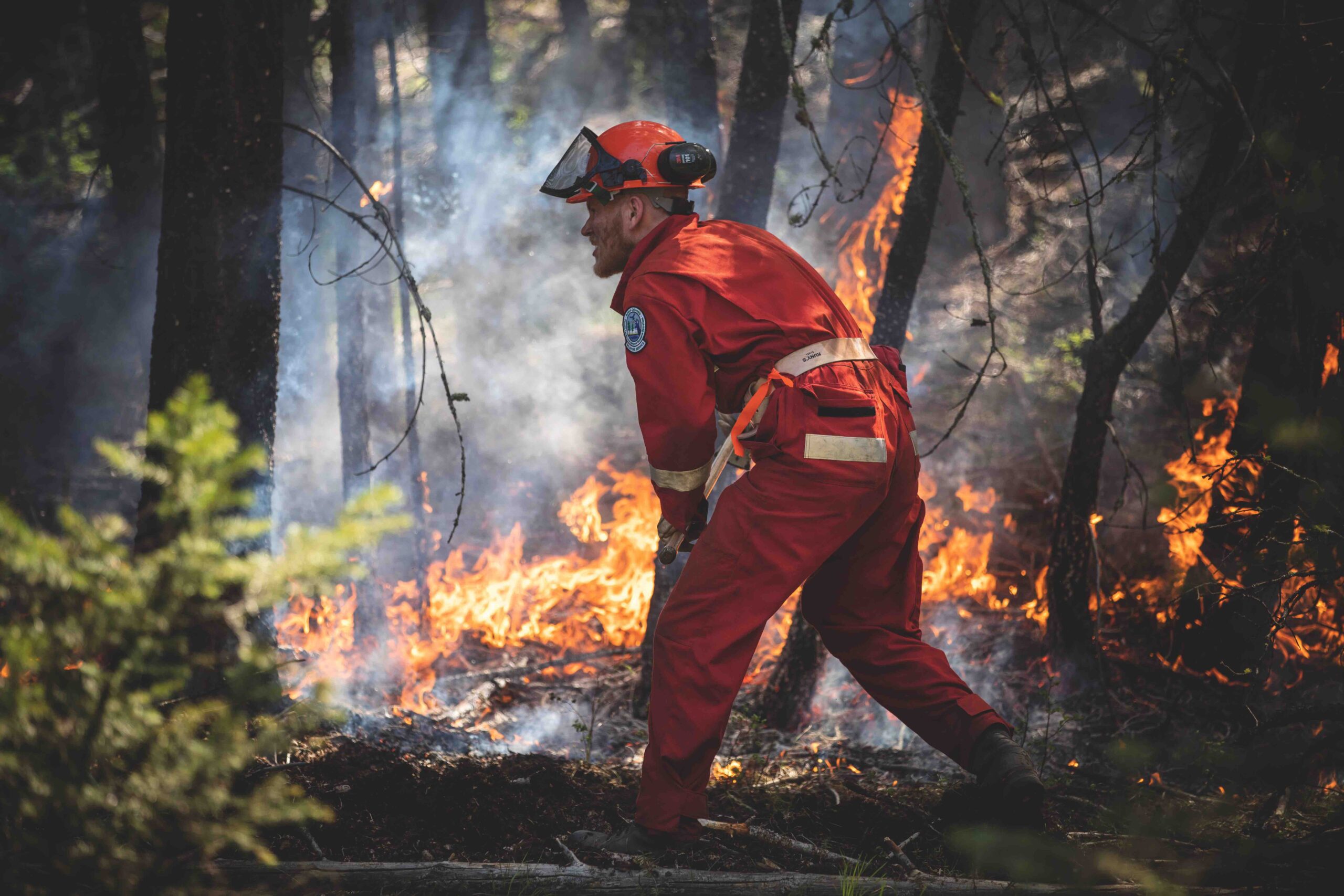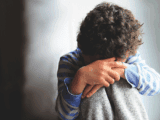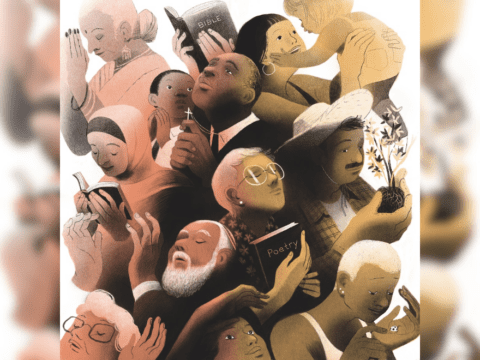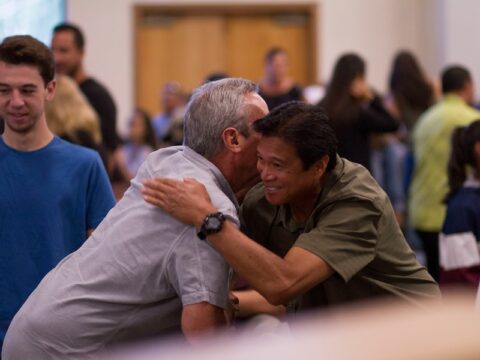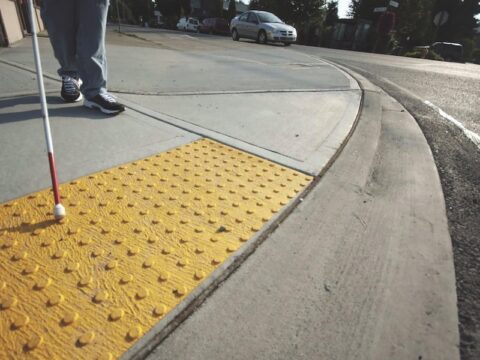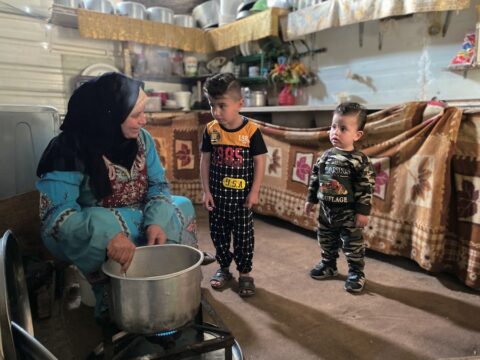Last September, I sat behind a folding table under a clear blue sky, in the parking lot of my kids’ high school in Powell River, B.C. It was Career Day. Because I am the editor of the local magazine, I was there to represent journalism — a field that, wisely, few teens from this longtime logging and mining community pursue. So I had lots of time to watch the giggling, glossy-haired herds.
Next to me, geology: an equally dull-looking booth. Excitement was elsewhere. Sparks flew under the carbon arcs of senior students demonstrating welding. A few new grads added glam to the local college’s automotive booth, in their grunge-chic mechanic coveralls. Uniformed RCMP officers demonstrated arrests and handcuffing on more-than-willing teen volunteers.
You may unsubscribe from any of our newsletters at any time.
Directly across from my journalism booth was the local wildfire crew, recruiting for the summer 2024 junior firefighter program. Although there are many women in the BC Wildfire Service, the crew that day was entirely men — young, fit men, who, deservedly in this coastal rainforest, are considered heroes. Overwhelmingly, it was teen boys milling around the booth.
When the Grade 12s flooded into the parking lot, I saw my own son and his gang dart directly for the wildfire crew.
David is tall and muscular like his dad, Martyn Woolley, with a European peasant body built for ploughing fields and surviving famines. As his adoring mom, I’ve watched him evolve from a shy preteen to, on the edge of adulthood, a social, inclusive leader — funny and confident. Physically and charismatically, the kind of guy you’d want fighting fires alongside you in the woods. My heart glowed as I watched him talk with the wildfire crew, thinking about how proud I’d be, and what he would take from the experience, if he became a junior firefighter.
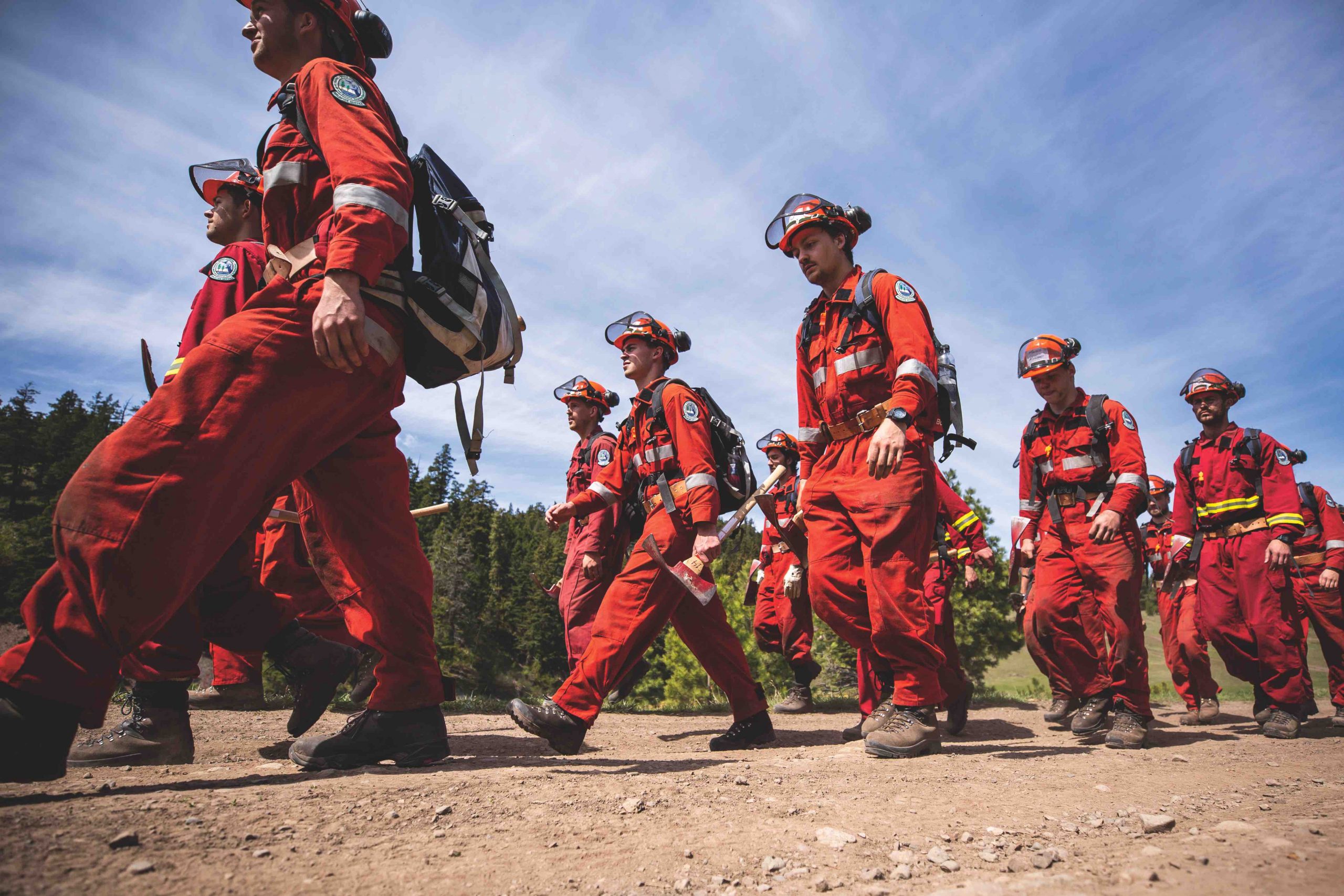
And then, of course, my heart sank as my brain kicked in. Just two months before, when British Columbia was at the height of the worst wildfire season on record, a 19-year-old junior firefighter died when she was struck by a falling tree. That same week, another firefighter, 25, died when a tree fell on him just over the border in the Northwest Territories. Two weeks later, a firefighter, 25, died when his ATV rolled off a cliff in British Columbia’s far north. Four other wildfire fighters, ages 19, 27, 37 (one hasn’t been publicly identified), died in a 2 a.m. car accident near Kamloops, B.C., going home from a fire. Four of the seven dead are Indigenous, underlining the fact that the people fighting the fires are those who live near them, not the urban business and political elites whose actions fan them.
At home later, I told Martyn that David had checked out the wildfire service. “I don’t want him doing that,” he said. I didn’t either, really. Based on the danger.
But David is also his own young man. Like many of his ancestors before him, he is coming of age at a time when his world is in a crisis that demands the efforts of young bodies. In the past, those crises were often wars; relatives on both sides of our family served in Europe and Africa.
Today, Canada’s teenagers and young adults are again cast as soldiers. This time, though, the enemy is fire. Fire like no one has ever seen.
***
“We are beyond the normal scope of fire here,” writes Vancouverite John Vaillant in his internationally award-winning 2023 book, Fire Weather: The Making of a Beast. “Familiar formulas no longer apply. This kind of energy does not burn but vaporizes, an energy more often associated with lasers, atom bombs and suns.”
For sheer terror, as the parent of a prospective firefighter, nothing Stephen King writes comes close to Vaillant’s detailed, ground-level view of the 2016 fire in Fort McMurray, Alta. — and, more horror-like, the fossil fuel technologies, greed and politics that unleashed it. Here, he demonstrates that nature’s wildfire, as humans have experienced it for millennia, is not what we’re witnessing now, nearly every summer. Wildfire’s intensity, Vaillant writes, depends on more heat and less moisture; both are at the heart of climate change.
This is new. “The physics of fire remain unchanged,” he writes, “the trees themselves are no different than they were fifty years ago, but the air is warmer and the soil is warmer — enough to make the latent energy living and dying in these forests much easier to release.
“Historians speak of Britain’s Imperial Century, the American Century, and the Chinese Century, but those who study the symbiotic relationship between humans and combustion make a good argument for this one going down as the Century of Fire.”
More on Broadview:
In May 2023, when Fire Weather first hit West Coast bookstores, British Columbia was already hotter and drier than historic norms. Five months later, nearly three million hectares had burned, 650,000 farm animals died, 24,000 properties were evacuated and the province spent an estimated $817 million fighting fires. The cost of the recovery is still being calculated. By a long shot, 2023 was British Columbia’s most destructive wildfire season so far.
Weird weather in British Columbia is no longer weird, though. Two years before that, a three-day heat dome killed 619 people. A wildfire blazing under the ludicrous, record-setting 49.6 C heat razed nearly the entire village of Lytton. Months later that same year, an atmospheric river killed 1.3 million farm animals in the Fraser Valley and washed out entire sections of British Columbia’s critical Coquihalla Highway. Neither term, “heat dome” nor “atmospheric river,” was in the Lotusland lexicon before 2021. Now, when the price of stewing beef and cauliflower soars, strangers bring up both in the grocery checkout.
In other words, in just the last handful of years, Western Canada has been whacked by the reality of climate change. Vaillant’s chapter on bitumen should be required reading for every Canadian; he invokes the Genesis story of the Tower of Babel to describe the fire that burned Fort McMurray, the country’s most carbon-intense industry town. In Babel, a united people work together to build a structure tall enough to reach the heavens. God sees hubris and punishes the people by destroying the tower and making multiple languages so they can’t understand each other. No doubt we are living through the Century of Fire, and we deserve it.
In reaching for a metaphor to explain the relationship between fire and the humans who are fighting it, Vaillant chooses war. Fire’s strategy is military: “Fortified cities have fallen this way for millennia,” he writes, noting that hidden archers in a forest — or flying embers — are far more deadly than the front line of an army or a fire.
He isn’t alone, of course, in drawing a parallel between war and wildfire. Two other Canadian writers, Gwynne Dyer and Seth Klein, reference war to describe the future of the climate crisis.
Dyer was first with Climate Wars in 2009. Throughout this apocalyptic tome, he theorizes future wars stemming from the coming climate catastrophe. A Russian-Chinese tension delays global co-operation throughout the 2020s. A 2029 border fence built by the United States to keep Central Americans out (written well before Trump’s first presidential run) unleashes mass starvation among climate refugees. Cooling technology goes horribly wrong in 2042. In each scenario, war is the geopolitical and human fallout of a warming planet.
“This is a world where people are starting to starve,” Dyer writes about the climate modelling most scientists steer clear of, the human costs, evident by 2045. “But it is not always the familiar scene of helpless peasant societies facing famine with numb resignation. Some of the victims now are fully developed, technologically competent countries, and their people will not watch their children starve so long as there is any recourse, however illegitimate, that might save them.”
Parents, Dyer rightly predicts, are fierce when their children are threatened. In his futuristic modelling, it’s starvation that mobilizes parents. But why look ahead that far? Even this summer, thousands of Canadian parents are watching their children go off to fight wildfires caused by the hotter, drier forests emblematic of a warming planet.
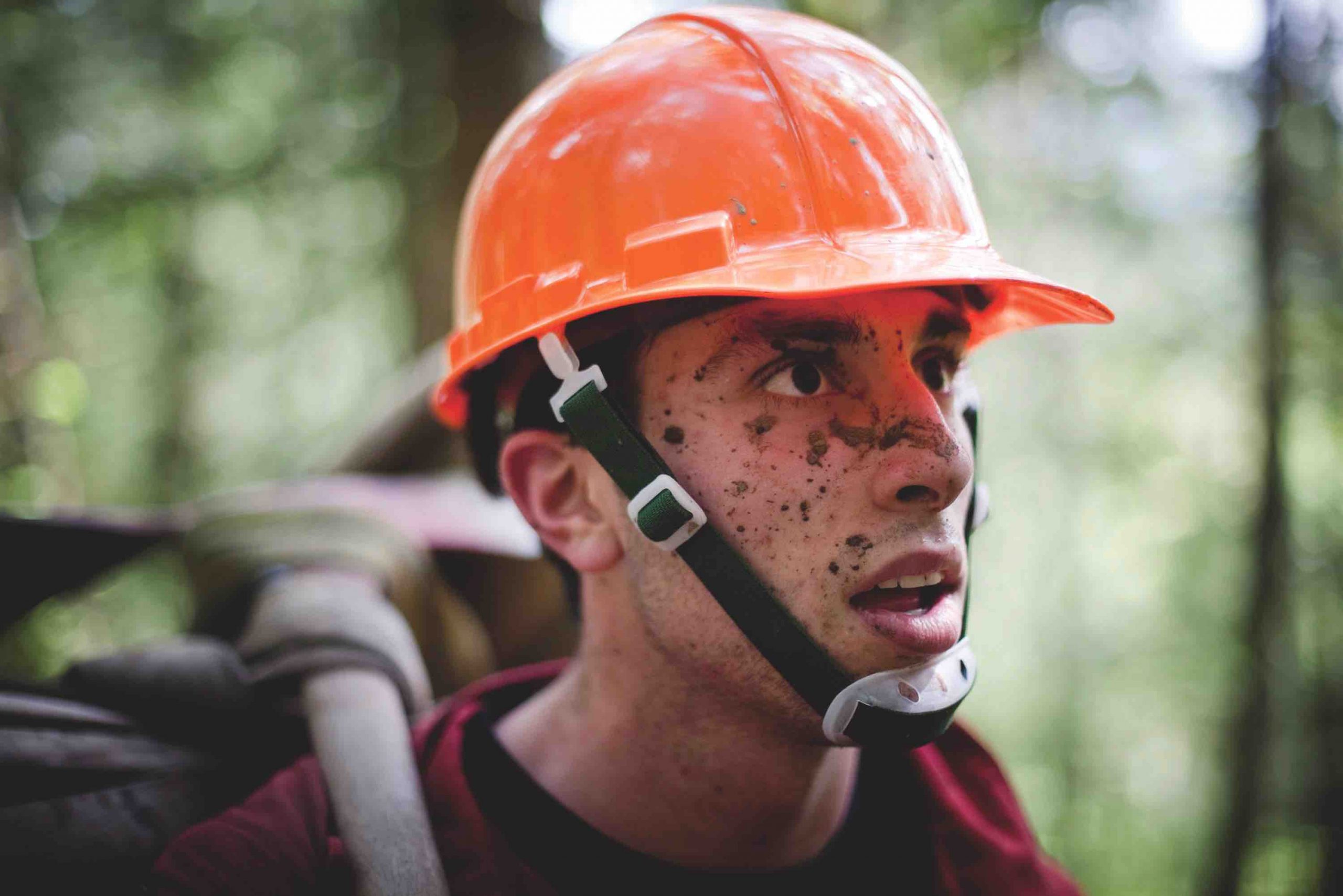
Finally, Seth Klein’s A Good War: Mobilizing Canada for the Climate Emergency (2020) lays out an ambitious, Second World War-like investment in divesting from the fossil fuel industry and investing in mitigation and adaptation. Klein, longtime director of the B.C. office of the Canadian Centre for Policy Alternatives before he joined the David Suzuki Institute’s Climate Emergency Unit, delivers this pop think-tank manifesto: more than 400 pages of fact-based rhetoric and “here’s what you should do” solutions aimed at Ottawa.
But his preface starts on the ground, in an actual fire. Each year, Klein’s in-laws rent a house in the Okanagan — a lazy, lake-y destination in British Columbia’s interior famous for wineries and roadside stands offering fruit and samosas. The extended family comes up to swim and decompress. In 2019, the family arrived to an evacuation alert (not order). For a week, they watched water bombers scoop from in front of their rental. “We had to huddle together and shout to communicate,” he writes. “As darkness fell, the hills behind us were dotted with
flames, and the sky glowed ominously red.”
“These weather events we are increasingly experiencing — and the war-like mood they create —represent attacks on our soil,” Klein writes, setting up the book’s central thesis. “They are a call to mobilize.”
Currently, Klein is lobbying Ottawa to fund a Youth Climate Corps — a green jobs program for young adults under 35. Like Katimavik or the Peace Corps, the vision seems to be white-collar. A short video on the website, heavy on images of environmental protests, suggests that the Corps might involve reducing greenhouse gas emissions, strengthening communities, building new renewable energy projects, protecting biodiversity and retrofitting buildings “so we can live in dignity and safety and take care of each other as we face the unprecedented.” Fighting climate change, the video says, means youth should organize, advocate and vote.
Out in front of his vacation rental in 2019, if he squinted, Klein would have seen that many of Canada’s youth have already mobilized to address the climate crisis. The brightest and best are in the wildfire service.
***
All three of Philomena and Graham Gale’s university-aged children fought or trained to fight B.C. wildfires in the summer of 2023. Academically and athletically gifted, the siblings were a natural fit for the demanding junior firefighting program. Revelstoke, where Philomena is a dentist and Graham teaches high school chemistry, is a ski town in a temperate rainforest between Calgary and Vancouver. Although wildfire smoke billows through town frequently, fire rarely threatens homes there.
Last summer was Devyn Gale’s third year fighting fires. The 19-year-old University of British Columbia Okanagan nursing student “liked being outdoors and loved the physical nature of the job,” writes Philomena in an email interview. “She didn’t mind getting dirty.”
Through her work, Devyn learned to use a chainsaw, and enter and exit a hovering helicopter. She was on an initial attack crew — a pod of firefighters dropped from the sky to fight small fires as soon as they start. “There was always a lake to jump into to get cleaned up,” her mom writes. “She loved water.”
Devyn died last summer while she was fighting a fire, pinned under a tree. The town rallied to remember her and to support her family. She had been, just two years before her death, Revelstoke Secondary School’s “top all around student” academically, athletically and in citizenship.
“We don’t see them as soldiers,” writes Philomena, noting that Devyn’s older brother and younger sister returned to firefighting after their sister’s death last summer — and planned to fight fires again this summer. “I think most of the young people who have signed up for wildland firefighting have done so to seek adventure, a physical and outdoor job with a good wage.”
Here in Powell River, many of my peers have children fighting wildfires. Bob is a recently retired first responder whose only child, Jeff, is a wildfire crew leader in northern British Columbia. Because speaking out about your adult child’s job is fraught, personally and politically, I have changed their names. Jeff grew up here playing rep hockey, riding mountain bikes and hunting. When he applied for the junior firefighting program during his graduating year, 2016, Bob wasn’t surprised that he won the opportunity. “He was the perfect candidate. He fell in love with it immediately,” Bob says over scones at a local coffee shop.
Jeff worked on a large crew in the Fraser Valley, starting each day with yoga and meditation — a directive of the crew leader. Then, he trained to be part of the elite 60-member parattack squad, also known as “smokejumpers,” parachuting from airplanes into northern British Columbia’s smoky forests. His first summers were some of the worst on record.
“I am beyond proud of him, of course,” says Bob, an active environmentalist. “I have no idea where it will lead him. He is seeking to use his character for its highest purpose he can imagine. It just adds to my pride and delight to know him as a human being….He’s my boy, but I had to let him go.”
Just, not everywhere. When Russia invaded Ukraine in 2022, Jeff called Bob that night to ask if Canada might become involved. The idea of Jeff fighting in Ukraine sent chills down Bob’s back. But everything in his son’s life, Bob realized, added up to make Jeff an ideal soldier. His skill with guns, his strength, his leadership training, his training as a parachutist and his comfort navigating the wilderness. “He is absolutely primed for this,” Bob says. “It terrifies me.”
One local environmental activist, Bill Lytle-McGhee, is looking ahead a decade and more. With six grandsons between the ages of three and 13, he thinks about the future of fire — a lot. Back in the 1970s, Lytle-McGhee spent his 20s working in logging, where he would also fight wildfires around British Columbia. This was before helicopters or parachutes were widespread. Instead, when a fire broke out, his crew often rode a crummy, an old truck converted to transport loggers, as far as they could toward the fire, then he and a handful of guys would hike kilometres in the smoke wearing spiked caulk boots, each carrying a 30-gallon metal backpack full of water.
Lytle-McGhee recalls plenty of times he nearly died. He lost control of a hose once; passed out in heavy smoke and a friend carried him out; hid in a ditch to escape a wall of fire. No one he knew actually died in the woods, though.
Eventually, Lytle-McGhee went back to school and became an outdoor education teacher in British Columbia’s interior. Retired on the coast, he works to educate locals about the climate crisis.
“It’s all very well that we’re getting better at fighting fires,” he says. “But how long can we manage them? A lot of fires here in B.C. last summer we had to just let burn. If what’s been happening in B.C. keeps happening on a regular basis, there won’t be anything left. And I don’t see anything stopping it.”
He says his efforts for climate change are for his kids and grandkids. “What is the world going to be like if we don’t do something? Even COP28 [the 2023 United Nations Climate Change Conference in Dubai] was not proportional to the size of the problem. Most people are just not scared enough.” What if his grandsons decided to fight wildfires in their 20s? “It’s not the safest work. But I’d be proud of them.”
In British Columbia, the provincial government controls how much of the forest is cut each year. And Victoria regulates how logging companies log, what must be protected and replanted and how the slash, or wood debris, must be cleaned up. Advocates, researchers and even industry insiders are drawing a straight line between the province’s forestry practices and our extreme wildfire seasons.
For example, in the midst of the worst of the wildfire seasons last July, British Columbia’s Forest Practices Board, hardly an extremist organization, issued a media release blaming provincial government policies over the past century for making B.C. forests vulnerable to extreme fires through the buildup of fuel in the forests and the loss of natural firebreaks that create a gap in the vegetation driving the fire.
“These shifts, combined with forestry policies and climate-change effects, greatly increase the risk of catastrophic wildfire,” said board chair Keith Atkinson, a registered professional forester and former CEO of the First Nations Forestry Council. A member of the Snuneymuxw First Nation, he called on the government to insist on strategies to reduce forest fuel, such as creating fuel breaks, increasing the diversity of tree species and ages, decreasing forest density and using cultural and prescribed burning.
In other words, for 100 years, and still now, politicans are bungling their responsibilities over British Columbia’s forests. Who pays for that negligence?
***
In 1870, America was still smarting from the Civil War, when 650,000 soldiers died in battle or from disease, and about 50,000 civilians perished. That same year in Europe, about two million soldiers fought in the Franco-Prussian War, leaving more than 180,000 soldiers and civilians dead, many from smallpox. Those events inspired American pacifist Julia Ward Howe to write the Mother’s Day Proclamation, a call to mothers to use their voices to stop war.
“Our sons shall not be taken from us to unlearn all that we have been able to teach them of charity, mercy and patience. We, the women of one country, will be too tender of those of another country to allow our sons to be trained to injure theirs,” she wrote.
Mothers — and fathers and grandparents — are involved when their children go to war, whether that’s a war for land, for politics or against fire. The pride belongs to them. The terror belongs to them. Ultimately, raising a child in any era carries with it the risk that they will, in their young lives, be consumed.
In Revelation 12, a pregnant woman is about to give birth in heaven when a giant seven-headed red dragon appears, sweeping stars away with his tail and waiting to eat her infant.
It has been too easy for us, the mothers and fathers who belong to generation X, to fail to see the dragon. The Gulf War and Afghanistan were no Vietnam. COVID was harmless next to smallpox or tuberculosis or AIDS. Groceries are horrifically expensive now, for climate and political reasons, but we’ve never known famine. Our nests are feathered by universal health care, effective vaccines, public schools, parks and pools. We’ve been totally tuned out from what Julia Ward Howe knew so well. Here’s how I think of what she said: your babies are cannon fodder when leadership is inept.
The dragon wasn’t at my son’s school last September. It’s not the wildfire crew. It’s not even the fires themselves. Instead, the dragon is our absolute collective ineptness at halting climate change.
We’ve unleashed a Revelation hydra.
***
CORRECTION: A previous version of this story stated that Seth Klein was the director of the Canadian Centre for Policy Alternatives, when he was really the director of the organization’s B.C. office. This version has been corrected.
This story first appeared in Broadview’s July/August 2024 issue with the title “Generation Wildfire.”
Pieta Woolley is a journalist in Powell River, B.C.

